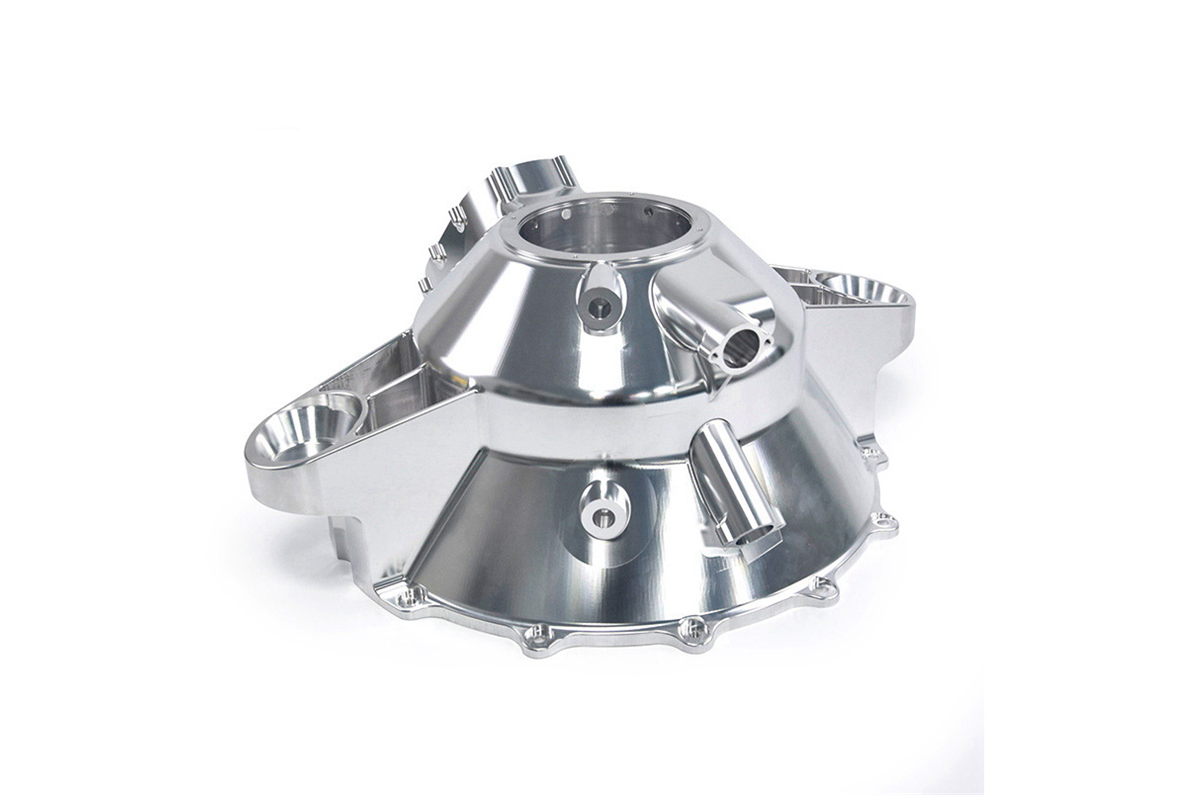What Is Functional Prototype In Rapid Prototyping Manufacturing?
Functional prototyping in rapid prototyping manufacturing is a critical step in product development, allowing engineers and designers to create parts that closely mimic the final product's functionality. This approach is crucial for testing and validating product designs before committing to full-scale production.
Understanding Functional Prototyping
Functional prototypes are working models of a product or part used to test various aspects of its design, including its functionality, usability, durability, and performance. Unlike visual or conceptual prototypes that primarily address the look or feel of a product, functional prototypes delve deeper into how a product will work in real-world applications.

The Role of Functional Prototyping in Manufacturing
In the context of manufacturing, functional prototyping is essential for:
Testing and Validation: It allows manufacturers to verify design assumptions, check fits and tolerances, and ensure the part meets all functional requirements.
Identifying Design Flaws: Early detection of design issues can save significant resources, reducing the risk of costly changes and delays in later stages of production.
Enhancing Product Design: Functional prototyping offers immediate feedback on how changes in design affect the product's performance, leading to better, more informed design decisions.
Speeding Up Time-to-Market: By accelerating the iteration process, functional prototypes help bring products to market faster and more efficiently.
Techniques in Rapid Prototyping for Functional Prototypes
CNC Machining: Offers high precision and excellent material properties. CNC machining is often used to create functional prototypes that require tight tolerances or robust materials.
3D Printing: Beneficial for complex geometries that would be difficult or impossible to achieve with traditional manufacturing techniques. Technologies such as Fused Deposition Modeling (FDM), Selective Laser Sintering (SLS), and Stereolithography (SLA) are popular choices.
Injection Molding: While traditionally used for high-volume production, injection molding can also be used for rapid prototyping with rapid tooling techniques. This method is ideal for testing prototypes in the final material.
Laser Cutting and Metal Bending: Useful for creating high-fidelity metal parts that need to meet specific mechanical properties.
Benefits of Functional Prototyping in Rapid Prototyping
Cost Efficiency: Identifying potential issues early minimizes the risk of expensive alterations during full-scale production.
Enhanced Creativity and Innovation: Designers can quickly experiment with different ideas and iterations.
Improved End-User Satisfaction: Testing prototypes in real-world scenarios ensures that the final product meets the users' needs and expectations.
Challenges in Functional Prototyping
Material Differences: The materials used in prototyping may not precisely mimic the properties of those used in final production, which can affect the testing results.
Cost and Time: Some rapid prototyping techniques can be expensive and time-consuming, especially for highly detailed or complex prototypes.
Practical Examples
Automotive Industry: Manufacturers use functional prototypes to test components like dashboards or door handles, ensuring they withstand real-world stress and use.
Medical Devices: Functional prototypes are crucial for testing devices under actual operating conditions to ensure they meet stringent regulatory standards.
Consumer Electronics: Prototyping of devices like smartphones or wearables allows for testing user interaction and ergonomics.
What We Can Do In Rapid Prototyping
Functional prototyping is a cornerstone of modern manufacturing, providing invaluable insights that drive innovation, improve design accuracy, and streamline production processes. Rapid prototyping technologies have revolutionized how these prototypes are made, offering faster turnaround times and greater flexibility in testing and development. As technology continues to evolve, the potential for functional prototyping in enhancing product development and manufacturing will only grow, making it a critical tool for any industry involved in creating new and improved products.
Rapid Molding: Simple-mold Injection Molding, Rapid Molding Prototyping



